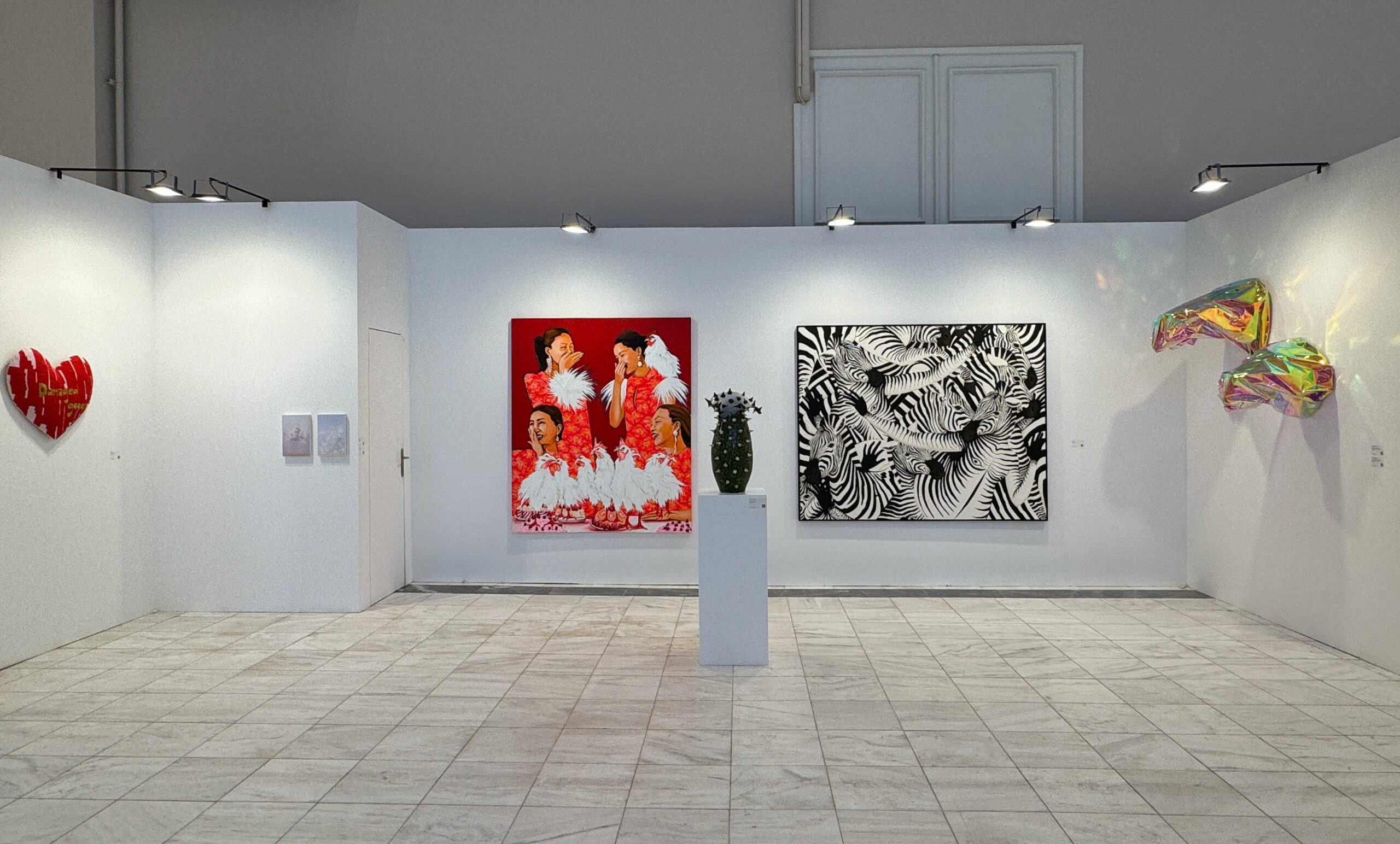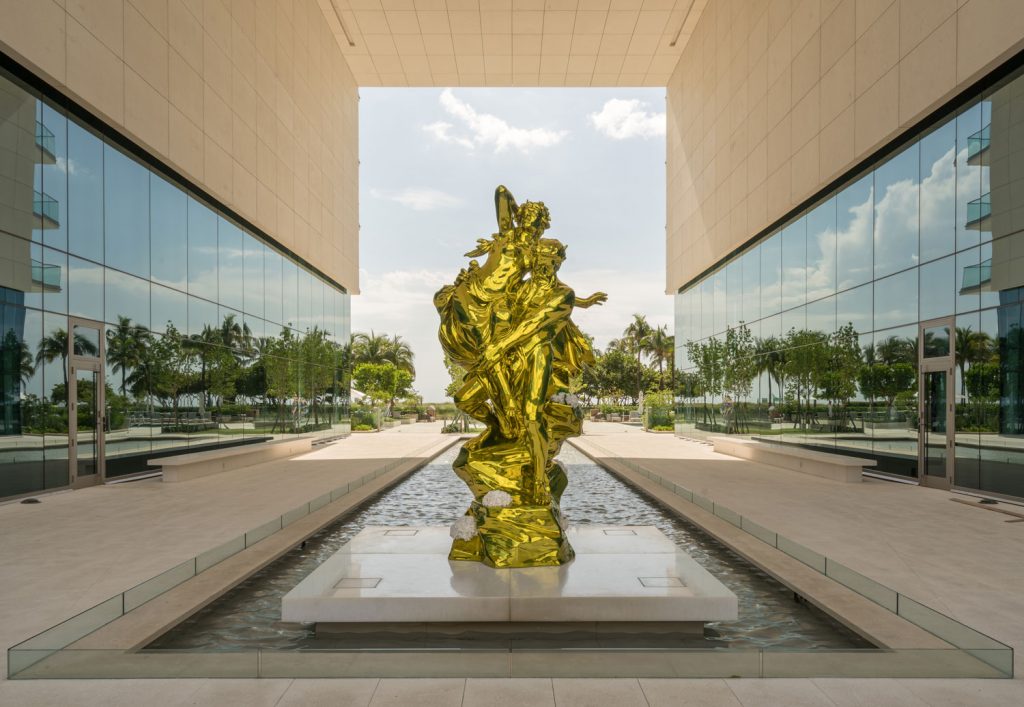NFTs – Disrupting the Art World
NFTs – Disrupting the Art World
Non – Fungible Tokens took the artworld by storm!
Over the past few months, the headlines on NFTs have been rapidly increasing because crypto-art fans have been spending astronomical amounts on NFT artworks. Even Christies has jumped on the bandwagon, making history as the first major auction house to offer a purely digital work with an NFT attached, and the first to accept cryptocurrency!
NFTs (non-fungible tokens) are cryptocurrencies, much like Bitcoin. But whereas a bitcoin is fungible, meaning that if you trade one for another you will have the same thing, NFTs are unique digital assets, with a different value, and they cannot be used to buy things. An NFT is the digital certification of ownership of an artwork and other collectibles in the way title deeds of a house denote ownership of that property. They provide proof of the artist’s authorship of a specific work, carrying an encryption of their signature, and contains a smart contract that usually includes a royalty payment to the artist of ten per cent of the resale value whenever the work is traded.
To make an NFT, a digital file—a JPEG, a GIF, an MP4—must be generated or minted on a marketplace for digital creators such as MakersPlace or SuperRare, before the NFT is issued. While the artworks are traded on that marketplace, their NFTs are registered on a blockchain, usually Ethereum, a secure public ledger. “The artworks are actually free,” explains Robert Norton, founder and CEO of Verisart, which since 2015, has provided blockchain certification for digital and physical artworks. We can all download the file from the marketplace. “The experience of owning the artwork and not owning it are interchangeable. The value is in the smart contract – the owner can sell, and the viewer can’t.” says Norton.¹
Shepard Fairey, Obey Ideal Power Mural. Verisart certified NFT sold on SuperRare © Shepard Fairey, Courtesy of the artist
NFTs have been around since 2017, when the first mainstream experiment in crypto collectibles emerged: CryptoKitties. A blockchain game in which players adopt, rear, and trade virtual cats. It became so popular and it opened many people’s eyes to the potential of non-fungible tokens. So much that now it’s almost impossible to keep track of the latest NFT developments. Big businesses and celebrities are getting in on the action. A clip of LeBron James blocking a shot in a Lakers basketball game sold for $100,000 in January and a Twitter post by Mark Cuban, the investor, and Dallas Mavericks owner, went for $952. The actress Lindsay Lohan sold her new single for almost $85,500. And a one-of-a-kind digital rendition of the Nyan Cat meme from 2011 sold for about $590,000 in an online auction.
Nyan Cat | GIF: Chris Torres
In the art market, the most notorious sale was when digital artist Mike Winkelmann, known as Beeple, sold his piece “The First 5,000 days” for a record-setting $69 million at Christies on March 11—the third highest price ever fetched by any currently living artist, after Jeff Koons and David Hockney. This was the beginning for even the most skeptical collectors to start looking into the world of NFTs.
Beeple’s collage, Everydays: The First 5000 Days, sold at Christie’s. Image: Beeple
Even some established artists with major galleries representing them, including Urs Fischer and Damien Hirst, are eager to experiment with NFTs. Fischer partnered with Pace Gallery to launch NFT native series CHAOS, 501 original works in the form of unique digital sculptures. Damien Hirst on the other hand has already made a foray into the fast-rising crypto art market, when he released a series of eight prints called “The Virtues,” which depict cherry blossoms in bloom and accepted cryptocurrency as a payment. He has now partnered with Palm platform and he plans to drop The Currency Project, a project five years in the making. According to Hirst, The Currency Project “challenges the concept of value through money and art,”. Made up of 10,000 works on paper tied to corresponding NFTs.
Cherry Blossom Paintings by Damien Hirst
NFTs may be nothing more than a trend and even cryptocurrency may not stand the test of time. However, whether or not NFTs are here to stay, they have certainly become a new plaything for the collectors and gave new meaning to digital art. The prices seen at sale indicate it is a real part of the future of art and collectibles in general.
Subscribe to our mailing list to receive news for upcoming shows, valuable insights and useful tips on collecting art
We will process the personal data you have supplied in accordance with our privacy policy.





